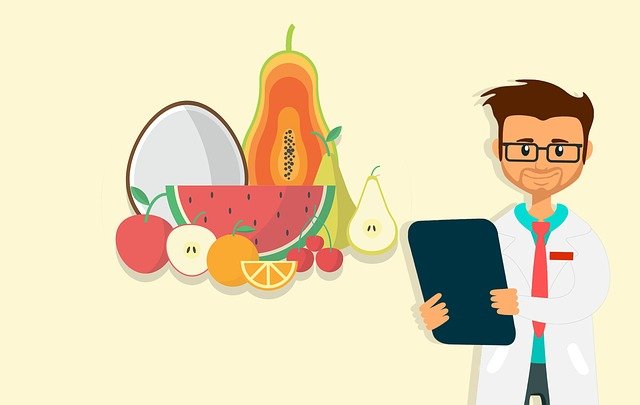The foundation stone of any good fitness plan is getting your diet accurate, and to do that, the first thing you need to do is find out what your calorie needs are every day. You can take the help of different calculators available online to find your everyday calorie need. Some are acceptable, but most generalize the calculation by only using your weight, age, and gender.
Calorie counting is not real science and can be as intricate as you want to make it. While there is no precisely known perfect proportion of macronutrients (fats, proteins, carbohydrates), some balance is desirable, and diverse foods have been found to have diverse effects on health, feelings of appetite, and the number of calories burned. Usually, minimally processed animal and plant foods tend to be more favourable to healthy weight loss and maintenance.
There are several approaches to weight loss, and there is no set method that works for all individuals; hence so many different diets and exercise routines exist. Few methods are more effective for individuals, not all weight loss methods are equal and studies suggest that specific approaches are healthier. The most effective weight-loss method is counting calories. This is calories taken minus calories used will result in weight increase if the result is optimistic or weight loss if the result is pessimistic. But, this is far from a comprehensive picture, and many other factors affect sustainable, healthy weight loss.
How many calories to eat?
Several individuals look for weight loss, and frequently the simplest manner to do this is to take lesser calories daily. However, a common question is how many calories to eat to make the body fit? This depends on the physical activity amount an individual carries out each day. Regardless of this, it is different for all people – there are several different factors involved, not all of which are well-known or understood.
Some factors that control the number of calories a person needs to stay healthy include weight, age, sex, height, overall general health, and physical activity levels. For instance, a physically active 45- year-old male who is 5.10 feet in height necessitates significantly higher calorie consumption than a 5-foot-tall, sedentary 65-year old lady. Adult females need around 1,600-2,400 while adult males usually need 2,000-3000 calories per day to maintain weight.
The body does not need several calories to survive. But, taking lesser calories results in the body working feebly. As it will only utilize calories for jobs necessary to survive and ignore those essential for general health and happiness. It is highly suggested that an individual trying for weight loss checks their body’s caloric requirements and adjusts them to maintain its dietary requirements.
Different Kinds of Calories and their effects
The primary sources of calories in a particular person’s diet are proteins, carbohydrates, and fat, with alcohol also an important portion of calorie intake. A few studies have proven that the calories showcased on labels and the calories taken and preserved can vary significantly. This clues the complex nature of calories and nutrition and is why several contradictory points of view on the most excellent methodology for losing weight exist. For instance, how an individual chews food has been proven to affect weight loss to some extent; generally speaking, chewing food more enhances the number of calories that the body burns during digestion. People who chew more also tend to eat less, as the longer period of time needed to chew their food enables more time to reach a state of satiety, which results in less consumption. But, the effects of how food is chewed and digestion of diverse foods are not understood completely, and other factors may exist. Thus this information must be taken seriously.
Usually, foods that take more effort to chew, such as vegetables, fruits, whole grains, lean meats, etc. – necessitate the body to burn more calories as more calories are necessary to digest. It also leads to the feeling of fullness for more extended periods. Moreover, certain foods like tea, coffee, cinnamon, chillies, and ginger have been found to increase the calories burned due to the ingredients they have.
The “quality” of calories taken is also essential. There are diverse classifications of foods in terms of calories. This includes low-calorie foods, high-calorie foods, and empty calories. As the name suggests, high-calorie foods are calorically dense, meaning that there are increased calories appropriate to serving size, while low-calorie foods have reduced calories appropriate to serving size. Foods such as oils, fat, sugary foods, and fried foods are examples of high-calorie foods. A high-calorie food does not always mean that the food is unhealthful, as quinoa, avocados, nuts, and whole grains are all high-calorie foods considered healthy in moderation. Low-calorie foods are vegetables and certain fruits, among other things, while empty calories are those in added sugars and solid fats containing few to no nutrients.
While there is no precise or perfect macronutrient proportions amount, an individual should take to lose weight or maintain a healthy diet, consuming a “healthy” diet complete with a range of unprocessed foods is linked with being in good health. It is more likely to result in sustainable weight loss.
So, these are the points to consider when thinking about how many calories to eat.
